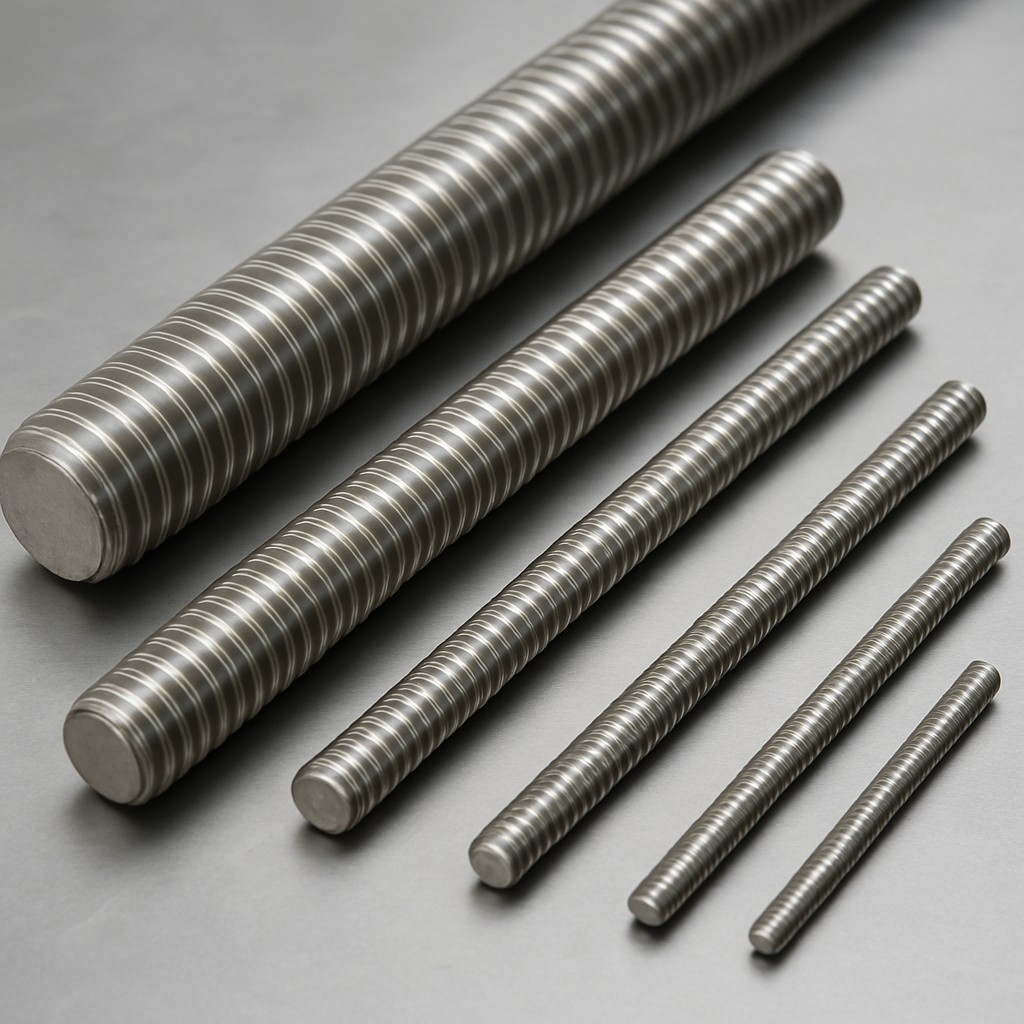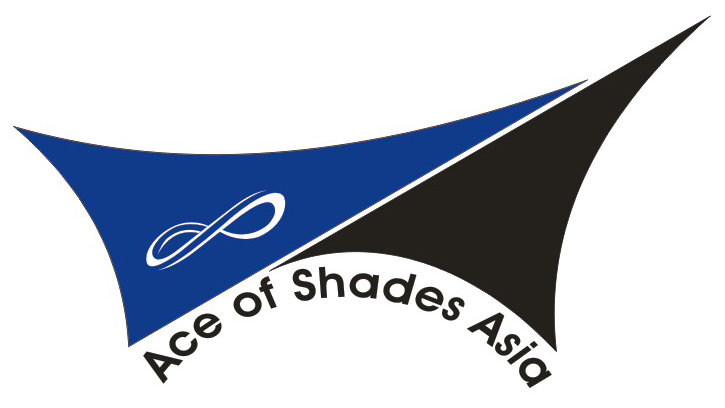Stud
A stainless-steel stud is a type of fastener made from stainless steel. Stainless steel is an alloy of iron, chromium, and often nickel and molybdenum, which is highly resistant to corrosion and rust which is appropriate for sea area such as Pattaya, Hua Hin. This makes stainless steel studs suitable for a wide range of applications, especially in environments where moisture or corrosive substances are present.
Ace of Shades Asia we use stud stainless steel for your house, accommodation due to its strength, corrosion resistance, and durability. In the context of shade, blinds, tension membrane, pergolas installations, stainless steel studs, steel stud, can play a critical role in securing structures and components.

Key Characteristics of Stainless Steel, Steel Studs:
- Material: Made from stainless steel, Steel which offers excellent resistance to rust and corrosion, making them ideal for outdoor and marine environments.
- Strength: Stainless steel studs, steel Stud are strong and durable, capable of withstanding significant loads and stresses.
- Variety: Available in various sizes, lengths, and thread types to suit different applications.
- Finish: Often polished or treated to provide additional resistance to environmental factors and enhance their appearance.
Applications in Shade Installations:
- Mounting Brackets: Stainless steel studs can be used to secure mounting brackets to walls or other structures.
- Tensioning Systems: They can be part of tensioning systems to maintain the tautness of the shade fabric.
- Structural Support: Providing anchoring points for structural supports such as poles or beams.
- Custom Fabrications: Used in custom shade designs where unique fastening solutions are required.
Applications in Tension Membrane Installations:
Stainless steel studs can play several crucial roles in the installation of tension membrane structures. Their primary applications revolve around providing secure, durable, and corrosion-resistant connection points for the membrane and its supporting elements.
1. Anchoring Membrane Edges:
Perimeter Fixings: Stainless steel studs, often in the form of bolts or threaded rods, are embedded or anchored into the perimeter support structure (e.g., concrete foundations, steel frames, tension rings). The edges of the tension membrane are then connected to these studs using various methods like clamping plates, edge cables with turnbuckles, or specialized fabric connectors. The studs provide a strong and stable anchor point to which tension can be applied.
Internal Fixings: Within larger membrane structures, studs can be used to create internal high or low points, attaching to masts, cables, or internal frames. These studs help define the complex three-dimensional shapes characteristic of tension membrane designs.
2. Connecting to Secondary Structural Elements:
Cable Net Systems: Many tension membrane structures utilize a network of steel cables to support the fabric. Stainless steel studs are essential for connecting the membrane to these cables. They might be welded to connection plates that are then clamped or otherwise fastened to the cables.
Frame Connections: Where the membrane interfaces with a rigid frame (steel, aluminum, or timber), stainless steel studs and bolts are used to create secure and lasting connections. This ensures the load from the tensioned membrane is effectively transferred to the frame.
3. Attaching Fittings and Accessories:
Lighting and Drainage: Stainless steel studs can be used as fixing points for lighting fixtures, drainage systems, or other accessories that need to be integrated with the tension membrane structure. Their corrosion resistance is vital in outdoor environments.
Sensors and Monitoring Equipment: For advanced membrane structures, studs might serve as attachment points for sensors that monitor tension, wind load, or other environmental factors.
4. Ensuring Corrosion Resistance:
Material Compatibility: The use of stainless-steel studs is critical in ensuring the longevity and structural integrity of tension membrane installations, especially in outdoor or corrosive environments (coastal areas, industrial sites). Stainless steel prevents rust and degradation that could weaken the connection points over time, which is crucial for maintaining the tension and shape of the membrane.
5. Providing Strength and Durability:
High Load Applications: Tension membrane structures are designed to withstand significant tensile forces from wind, snow, and the inherent tension in the fabric. Stainless steel studs offer the high strength required to reliably transfer these loads to the supporting structure without failure or deformation.
Ace of Shades Asia use the Stainless Steel Stud for tension membrane following:
Edge Clamping: Stainless steel threaded studs protruding from a steel tension ring, with clamping plates bolted down to secure the membrane edge.
Cable Attachment: Stainless steel eye bolts or studs welded to steel plates that are then bolted around structural cables.
Mast Connections: Stainless steel bolts connecting fabric attachment plates to brackets welded onto a central mast.
Our ace of shades Asia stainless steel studs are indispensable components in tension membrane installations due to their strength, durability, and excellent corrosion resistance. They provide the critical connection points needed to anchor the membrane, connect it to supporting structures, and attach necessary fittings, ensuring the stability and longevity of these unique architectural forms.
Types of Stainless Steel Studs we use:
- Fully Threaded Studs: Threads run along the entire length of the stud, providing versatility in fastening different thicknesses.
- Double End Studs: Threaded on both ends with an unthreaded portion in the middle, often used in applications where components need to be clamped together.
- Weld Studs: Designed to be welded onto a surface, providing a permanent attachment point.
STUD Specifications:
- Material Grade: Common grades include 304 and 316 stainless steel. Grade 316 is preferred for marine environments due to its higher resistance to saltwater corrosion.
- Diameter and Length: Available in various diameters (e.g., M6, M8, M10) and lengths depending on the application.
- Thread Type: Metric or imperial threads, with options for coarse or fine threading.
We Ace of Shades Asia would like to example description for Stainless Steel Stud Used in Shade, awning, tension membrane, pergolas Installation:
Stainless Steel Fully Threaded Stud for Shade, awning, tension membrane or pergolas Installation
Product Overview: This stainless steel fully threaded stud is designed for use in various shade installation applications, providing a reliable and corrosion-resistant fastening solution.
Specifications:
- Material: 316 Stainless Steel
- Diameter: M8 (8 mm)
- Length: 100 mm (4 inches)
- Thread Type: Metric coarse thread
Features:
- Corrosion Resistance: Ideal for outdoor and marine environments.
- High Strength: Capable of withstanding significant loads and stresses.
- Versatility: Fully threaded design allows for adjustable fastening.
Applications:
- Shade Sails: Securing mounting brackets to walls or posts.
- Awnings: Attaching structural supports to buildings or frames.
- Pergolas: Fastening beams and other structural components.
Our Installation method :
- Preparation: Ensure the mounting surface is clean and pre-drill holes if necessary.
- Insert Stud: Screw the fully threaded stud into the pre-drilled hole or through the mounting bracket.
- Secure: Tighten nuts onto the stud to secure the shade structure in place.
- Inspect: Regularly check for proper tension and re-tighten as needed.
Maintenance way:
- Periodically inspect for signs of wear or corrosion.
- Clean with fresh water to remove salt and debris, especially in coastal areas such as Pattaya , Hua Hin, Surathani, Krabi.
- Apply anti-seize compound to threads if frequent adjustments are required.
Additional Notes from Ace of Shades Asia:
- Custom Lengths: Stainless steel studs can often be cut to custom lengths to meet specific project requirements.
- Load Considerations: Always consider the load requirements and environmental conditions when selecting the appropriate grade and size of stainless steel stud.
We are using the right stainless steel studs in shade, blinds, awning, tension membrane, pergolas, etc. installations ensure a durable and long-lasting structure, capable of withstanding environmental challenges while maintaining structural integrity.
Ace of Shades Asia : Sun’s Out , Comfort’s in
Your professional friend.
